Do you have a question about the Yongnuo YN565EXII and is the answer not in the manual?
Compatible with Canon and Nikon wireless flashing systems.
Features a high GN58 and supports TTL flash mode.
Supports multiple trigger modes and automatic/manual zoom.
Includes HSS, FEC, FEB, and fast recycling system.
Identifies major parts like reflection board, power socket, PC port, sensors, and hot shoe.
Steps for correctly inserting batteries into the speedlite.
Procedure for attaching the speedlite to a camera's hot shoe.
Explanation of fundamental button operations and controls.
Automatic flash exposure based on camera metering.
Manual control over flash output and brightness.
Stroboscopic flash for continuous bursts.
Wireless modes compatible with Canon (Sc) or Nikon (Sn) systems.
Manual and TTL pre-flash cancel modes for wireless synchronization.
Controlling speedlite via camera menu on compatible models.
How to test flash output and enable power saving features.
Measures to prevent damage from excessive heat.
Adjusting the flash beam coverage to match lens focal length.
Audible notifications for speedlite status.
Setting up the primary flash unit for wireless control.
Steps to configure the speedlite as a wireless slave unit.
Configuring multiple slave groups for advanced lighting.
Operating the speedlite remotely via wireless signals.
Adjusting flash output for optimal exposure.
Automatically takes multiple shots with varying exposures.
Features for trailing effects and locking exposure settings.
Flash fires at the end of the exposure for trailing effects.
Locks flash exposure settings for recomposition.
Customizing speedlite functions via menus or buttons.
Configuration for automatic power off and sleep modes.
Settings for automatically canceling FEB after shooting tasks.
Options for the sequence of exposures in FEB.
Enabling or disabling the AF-assist light.
Feature for automatic identification of settings.
Settings for automatic power off timers for slave units.
Enabling or disabling audible sound prompts.
Managing sleep states and automatic power off timers.
Setting the display time for the LCD backlight.
Adjusting manual flash output in 0.3EV or 0.5EV increments.
Option to restore the speedlite to its default configurations.
Using the speedlite for rapid shooting sequences.
Using bounce flash for softer, natural lighting effects.
Utilizing the reflection board for catchlights in eyes.
Employing the diffuser for softer, more natural light spread.
Troubleshooting steps for when the speedlite fails to fire.
Solutions for problems preventing slave mode operation.
Diagnosing and correcting underexposure or overexposure.
Managing FEB sequences and resolving overexposure.
Addressing vignetting and general device issues.
Compatible with Canon and Nikon wireless flashing systems.
Features a high GN58 and supports TTL flash mode.
Supports multiple trigger modes and automatic/manual zoom.
Includes HSS, FEC, FEB, and fast recycling system.
Identifies major parts like reflection board, power socket, PC port, sensors, and hot shoe.
Steps for correctly inserting batteries into the speedlite.
Procedure for attaching the speedlite to a camera's hot shoe.
Explanation of fundamental button operations and controls.
Automatic flash exposure based on camera metering.
Manual control over flash output and brightness.
Stroboscopic flash for continuous bursts.
Wireless modes compatible with Canon (Sc) or Nikon (Sn) systems.
Manual and TTL pre-flash cancel modes for wireless synchronization.
Controlling speedlite via camera menu on compatible models.
How to test flash output and enable power saving features.
Measures to prevent damage from excessive heat.
Adjusting the flash beam coverage to match lens focal length.
Audible notifications for speedlite status.
Setting up the primary flash unit for wireless control.
Steps to configure the speedlite as a wireless slave unit.
Configuring multiple slave groups for advanced lighting.
Operating the speedlite remotely via wireless signals.
Adjusting flash output for optimal exposure.
Automatically takes multiple shots with varying exposures.
Features for trailing effects and locking exposure settings.
Flash fires at the end of the exposure for trailing effects.
Locks flash exposure settings for recomposition.
Customizing speedlite functions via menus or buttons.
Configuration for automatic power off and sleep modes.
Settings for automatically canceling FEB after shooting tasks.
Options for the sequence of exposures in FEB.
Enabling or disabling the AF-assist light.
Feature for automatic identification of settings.
Settings for automatic power off timers for slave units.
Enabling or disabling audible sound prompts.
Managing sleep states and automatic power off timers.
Setting the display time for the LCD backlight.
Adjusting manual flash output in 0.3EV or 0.5EV increments.
Option to restore the speedlite to its default configurations.
Using the speedlite for rapid shooting sequences.
Using bounce flash for softer, natural lighting effects.
Utilizing the reflection board for catchlights in eyes.
Employing the diffuser for softer, more natural light spread.
Troubleshooting steps for when the speedlite fails to fire.
Solutions for problems preventing slave mode operation.
Diagnosing and correcting underexposure or overexposure.
Managing FEB sequences and resolving overexposure.
Addressing vignetting and general device issues.
| Zoom Range | 24-105mm |
|---|---|
| Auto Zoom Head | Yes |
| Bounce Head | Yes |
| Swivel Head | Yes |
| Recycling Time | Approx. 3 seconds |
| Power Source | 4 x AA batteries |
| Guide Number | 58 (at ISO 100, 105mm) |
| Flash Modes | Manual |
| Wireless Operation | Yes |
| Compatibility | Canon |
| Weight | 420g (without batteries) |
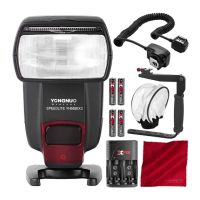
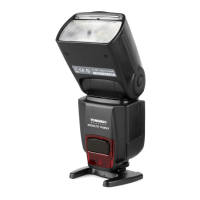
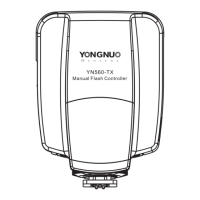



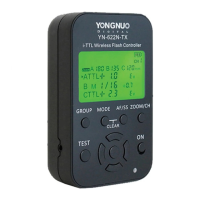
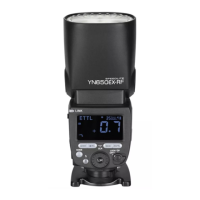
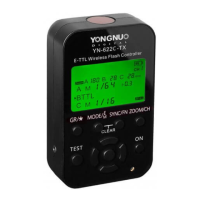
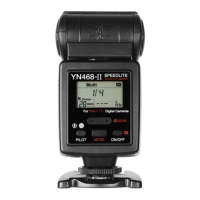
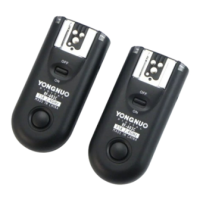
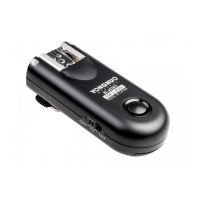
